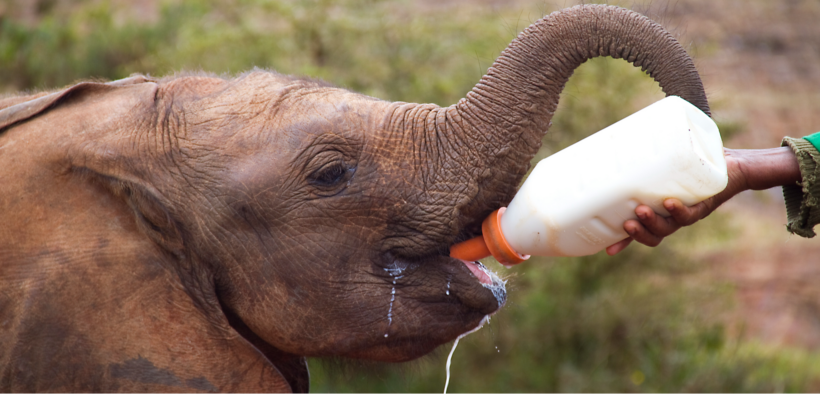From an early age, I was immersed in the Muslim tradition that taught me to learn from every facet of the natural world—from the majesty of mountains to the quiet diligence of ants. This philosophy is meant to cultivate a sense of humility within us and expand our understanding of our role within a much larger universe, reminding us that humans are not at its epicenter. Among the diverse beings that captured my admiration, the elephant stands out distinctly. In fact, as a child, I was affectionately nicknamed Pheelo, meaning “little elephant.”
Teaching and Learning with—and from—Elephants: Embracing the Symbiocene

- Tags: trauma-informed teaching
Related Articles
I have two loves: teaching and learning. Although I love them for different reasons, I’ve been passionate about...
In my classes, there is a reaction from my students that I have learned to wait for. It...
“Focus on what you can control” is hardly groundbreaking advice. Yet when I read David Gooblar’s version of...
AI can assist in nearly any teaching task, saving educators many hours of work while improving instruction via...
For many, Richard Feynman (1918–1988), the Nobel Prize–winning physicist turned cultural icon, is the prototype of a creative...
Every semester, we conclude our courses with grades, reflections, and the quiet hope that, somehow, what we have...
Teaching in fast-moving fields with real cases presents three persistent problems. First, the news cycle moves more rapidly...







